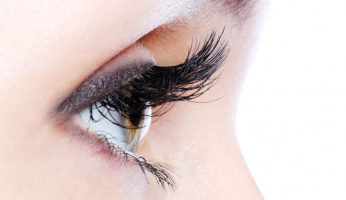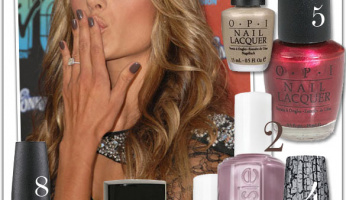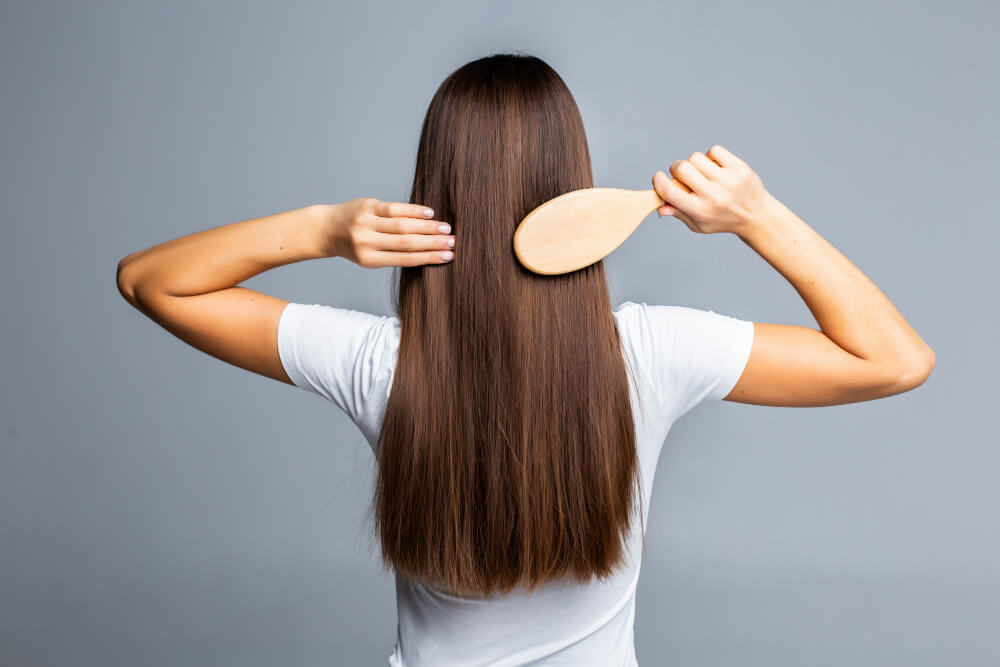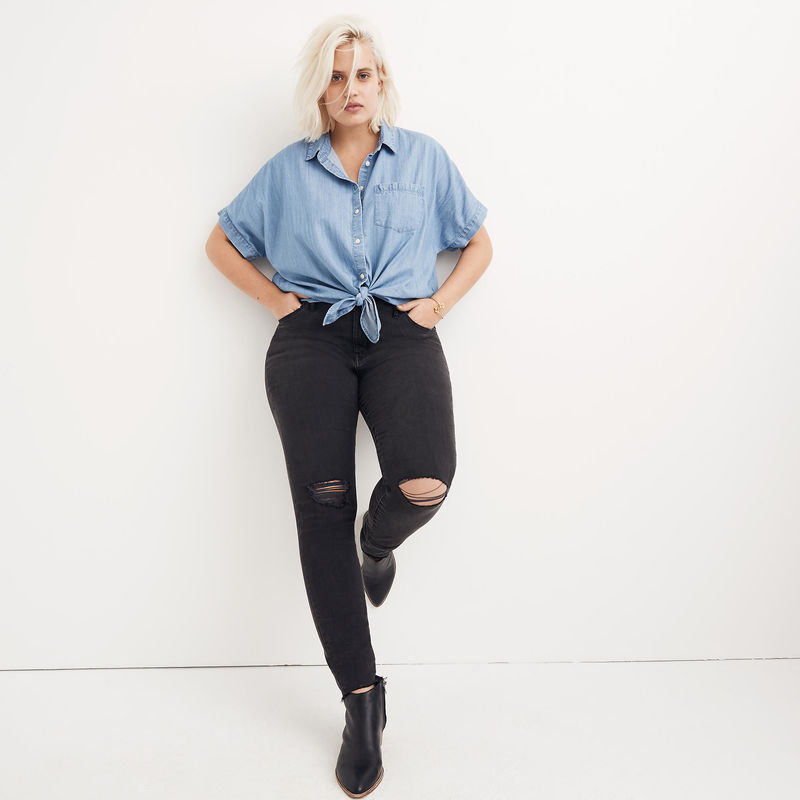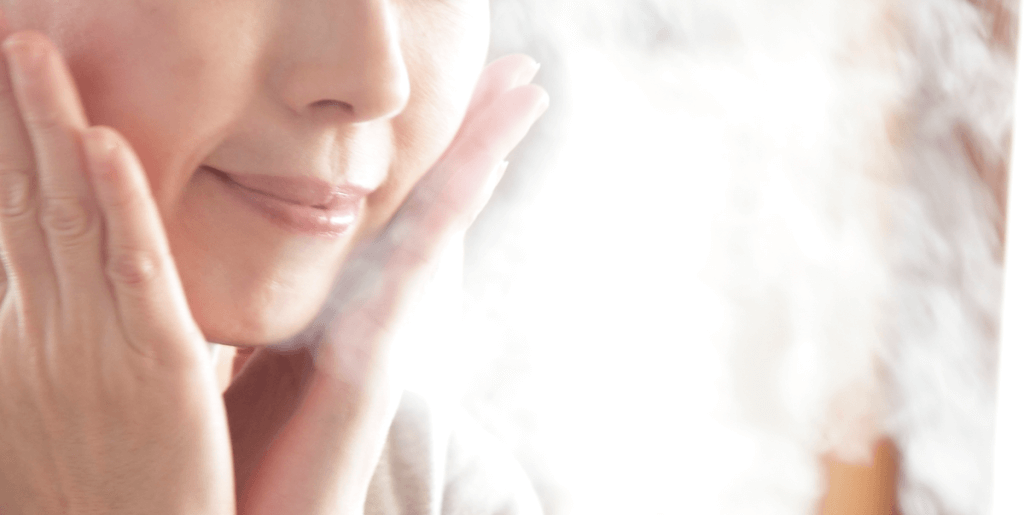What is Slugging & The Best Slugging Skincare Products to Use!
It can be a downright shock to look in the mirror and find your skin has taken a dive. Neglect, winter forces, bad habits, or just plain back genes can lead to red, dry, itchy, and angry-looking skin.
But how do you solve your rapidly worsening skin?
Have you heard of the skincare trend called slugging? After recently trending on Instagram and TikTok, this Japanese and Korean beauty trend is gaining traction.
Although the world may have just discovered the slugging skincare method, this K-beauty trend has been around for ages.
So, if you’re in a frantic effort to find a better skincare method to heal your dry and angry skin, continue reading as we answer the question, what is slugging?
What is slugging?
I can hear the masses now; ‘Ew, do I have to put slugs on my face?’ No, not at all. Yes, a slugging skincare facial involves sliding slugs across your face, but we’re talking about that here.
Instead, slugging skincare means coating your face in a layer of petroleum jelly as the last step in your bedtime skincare routine.
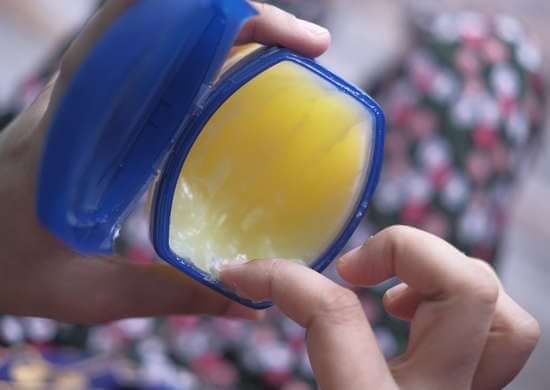
You’re probably thinking about what is slugging when it has nothing to do with slugs.
As you lock in the moisture from the petroleum jelly and any other products you’ve applied, your face looks slimy and shiny, like slug residue.
Is slugging good for your skin?
Slugging the skin has its origins in the world of K-beauty, a place where moisture reigns as the king of skincare regimes. Meaning slugging can be hugely beneficial for your skin, as it’s the ultimate method to get the most water into your skin.
Preventing your skin from drying out is vital, and the benefits of slugging include this by protecting skin lipids.
These skin lipids regulate the moisture balance and minimize water loss to prevent dry skin. They also create a protective barrier that prevents impurities and dirt absorption, halting sun damage moisture loss and aiding skin healing.
Lastly, these lipids help the moisture in the skin retain balance while preventing the appearance of fungi and bacteria.
So, as you can see, slugging is a crucial way to retain moisture and let your skin heal because it means coating your face with an occlusive moisturizer (Vaseline, Aquaphor or any petrolatum-based formula).
How often should you do slugging?
There’s no definite answer, as everyone’s skin is different. You should evaluate what type of skin you have and listen to your skin’s needs.
For example, if you have very dry, red skin, you might benefit from slugging skincare daily, but preferably before bed as part of your nighttime routine.
If you already suffer from oily skin, it may be better to separate your slugging skincare to only the winter months or infrequently as short contact (like a slugging Vaseline wash-off face mask).
Let your complexion do the talking.
Does slugging clog pores?
As long as you cleanse the Vaseline or other beauty product off early the next morning with cleanser and water, you shouldn’t notice any adverse side effects or clogged pores when slugging.
Should I slug if I have acne?
Unfortunately, if you suffer from acne, you should avoid slugging skincare, or you’re more than likely to end up with irritation.
There’s more potential for breakouts when you trap things in acne-prone skin. The problem is that skincare routines like slugging make promises about improving skincare, which doesn’t always consider the nuances of your sensitive skin.
Does slugging help with wrinkles?
Although no product or skincare routine can ever promise to eliminate or stop wrinkles, slugging your skin can be an excellent option for anyone wanting to battle age-related wrinkle issues.
Because aging brings reduced barrier repair, reduced hydration, more evident wrinkles, and saggy skin, slugging skincare can help lock in your own skin’s moistures and any anti-aging products you’ve used just beforehand.
5 best slugging products to use
The most effective slugging skincare products to choose from include;
1. Vaseline or another petroleum jelly brand
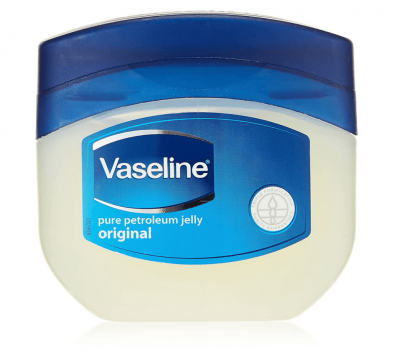
Petroleum jelly is one of the most popular and cheapest slugging products, especially if you have dry and damaged skin.
2. La Mer
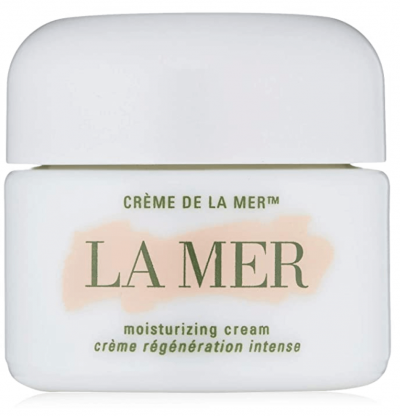
But if you don’t want to use Vaseline, you can try La Mer, a popular petroleum by-product that’s effective for skin moisture. La Mer serums are a perfectly suitable option, although expensive.
3. Neutrogena Hydro Boost Water Gel
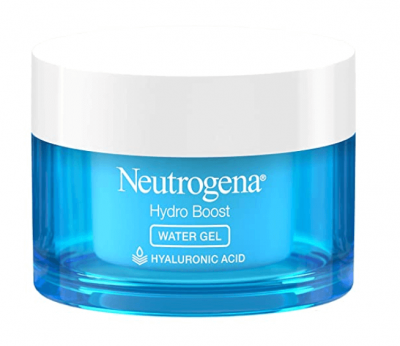
Try out this budget-friendly slugging option for oily and acne-prone skin.
4. Missha Super Aqua Cell Renew Snail Cream
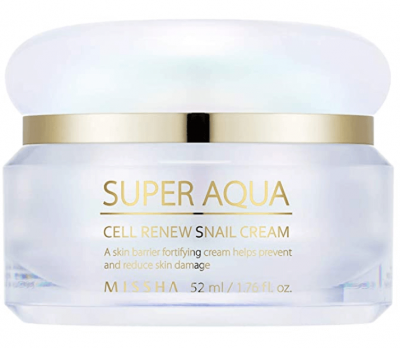
Although at a premium price, this Missha slugging product is a premium, luxurious choice for anyone with oily and acne-prone skin.
5. CeraVe Healing Ointment
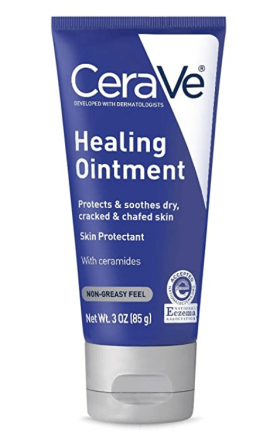
This CeraVe option is another budget-friendly option but better suited to dry and damaged skin.
How can I slug overnight?
Letting your skin repair itself overnight during sleep time gives you the best chances of success.
But how do you do slugging skincare?
- Start with your nightly skincare routine, leaving out any facial oils or spot treatments.
- While your skin is still damp from the above, spread a pea-size scoop of Vaseline (or whichever slugging product you’ve decided on) over your face. Make sure to keep it to a thin layer.
- Don’t forget to cleanse your skin the next morning to remove any excess product, using an oil cleanser if needed. This step is especially essential if you have oily or acne-prone skin.
If you do have oily/acne-prone skin and only plan to practice short-contact slugging or can’t deal with the all-night stickiness, you can try slugging skincare for a few hours before showering.
Although perhaps not as effective or swift as regular slugging, it will still help to heal skin damage and dryness.
Try;
- Removing all makeup as usual when you come home from work or a few hours before showering.
- Cover your still damp face in a thin layer of petroleum jelly.
- After a few hours, hop in the shower to wash the Vaseline off. Or you can wash it off well in the sink, but showering is easier.
- Follow up with your usual skincare routine.





